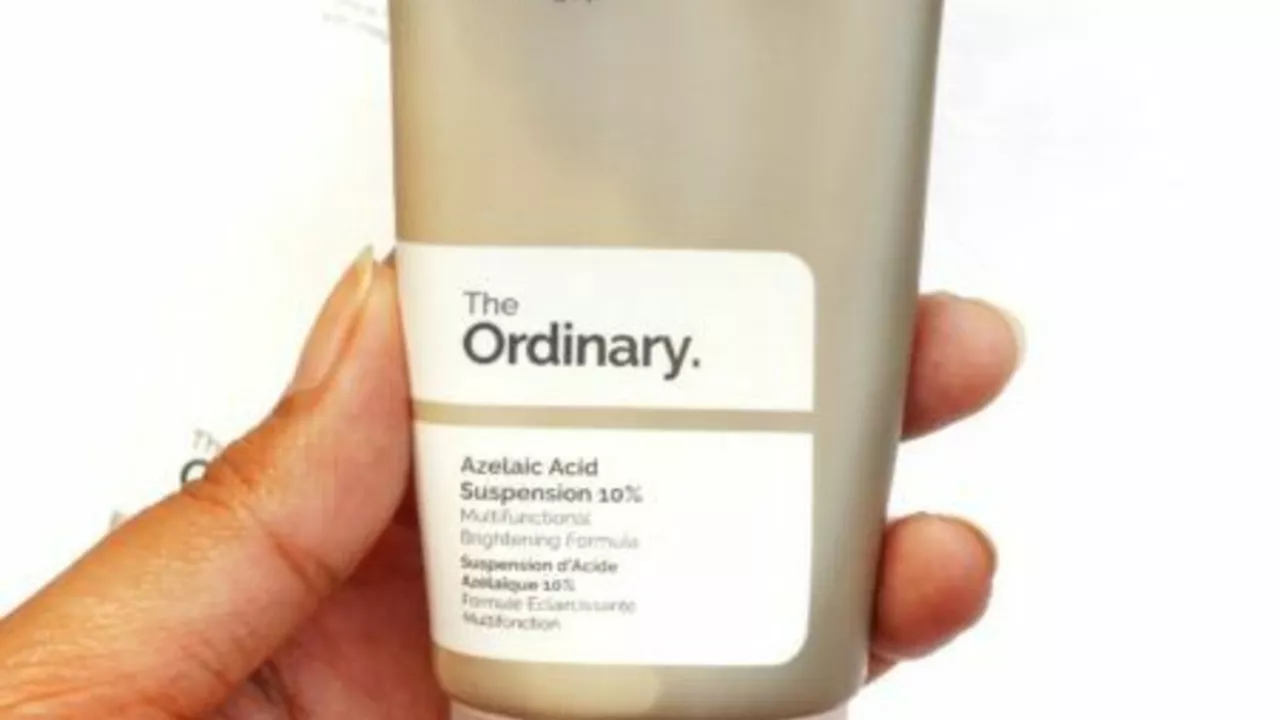Azelaic acid: How to use it for acne, rosacea and dark spots
Azelaic acid is a topical ingredient that tackles acne, calms rosacea, and helps fade dark spots. It works by reducing acne-causing bacteria, calming inflammation, and slowing the pigment-making process in skin. You’ll see it as gels, creams, foams, and serums in strengths from over-the-counter 10% up to prescription 15–20%.
How to use azelaic acid
Start with clean, dry skin. Use a pea-sized amount for your whole face and spread it thinly over affected areas. Begin once daily for a week to test tolerance; if you’re fine, move to twice daily. Simple morning routine: gentle cleanser → azelaic acid → moisturizer → SPF. Simple evening routine: gentle cleanser → azelaic acid or retinoid (see notes below) → moisturizer.
If your skin feels tight or flaky, apply a moisturizer first or wait a few minutes after azelaic acid before moisturizing. For extra-sensitive skin, try every other night until your skin adjusts. Patch test on the inner forearm for 48 hours before full-face use if you have known sensitivities.
Mixing with other actives: azelaic acid is flexible. It generally pairs well with niacinamide, hyaluronic acid, and sunscreen. Space it from strong exfoliants (high-strength AHAs/BHAs) and consider using retinoids at night and azelaic acid in the morning to limit irritation.
Side effects, safety and tips
Mild stinging, redness, or dryness are common during the first 1–2 weeks; they often fade as skin adapts. If you get severe burning, swelling, or a rash, stop and see your healthcare provider. For pregnant or breastfeeding people, talk to your clinician—topical azelaic acid is often used, but confirm for your situation.
How long until you see results? Expect fewer pimples and less redness in about 4–8 weeks. Pigmentation often needs 8–12 weeks or longer. If there's no improvement after three months, check with a dermatologist—stronger prescription options or combination therapy may help.
Practical tips: choose a gel if you have oily skin and a cream if you’re dry; always use daily SPF when treating pigmentation; avoid mixing azelaic acid directly with harsh chemical peels at home; store the product in a cool, dry place and follow the product’s expiry.
Azelaic acid is a reliable, gentle option for many skin concerns when used correctly. If you’re unsure which strength or formula fits you, a quick consult with a pharmacist or dermatologist will save time and irritation.

